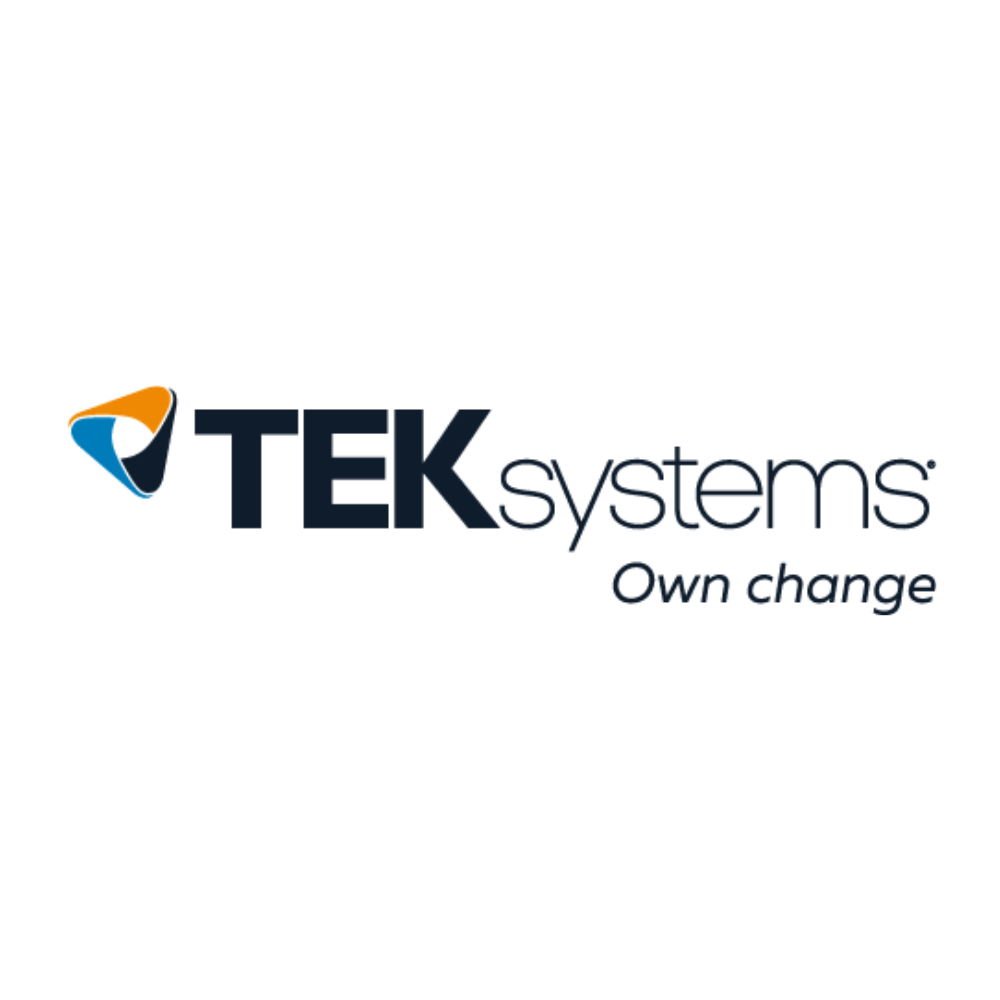Mardi Humphreys, Change Agent Integration Edge
-%20mardi.JPG)
I made this poster to hang in my office. (Full disclosure: Since the pandemic my office is actually the dog’s bedroom. Yes. The dog has his own room. Don’t ask.) I made the poster to remind myself that innovation is often only appreciated in hindsight. While modern-day pirates are a serious threat to certain areas of the world (e.g., West Africa and Somalia) and should be treated as such, my poster represents archetypal pirates like Blackbeard who was known not only for his leadership and non-violent nature, but also for his boldness, personal courage, and brand awareness; all important elements of innovation. Here in Dayton, OH we have a lot to live up to in terms of innovation. There’s the obvious: The Wright Brothers, Ermal Fraze, Charles F. Kettering, et al; but what about you? Your business is IT. Aren’t you innovating almost daily? There are basically three types of innovation: product, process, and business model:
Product
Since we work in Information Technology, this is the type of innovation we most likely think of when we hear the word because we see it all the time. Think: combining an MP3 player with a mobile phone (more on this later).
Process
This is where I live. We streamline SMBs’ and non-profits’ workflows and procedures to eliminate waste and human error, and to increase data security. We automate as many steps in their processes as possible, thus saving them time, energy, attention, and money. Think: a physician sending your prescription to your preferred pharmacy online instead of writing it out and handing it to you on a piece of paper.
Business Model
This is the most drastic innovation because it affects the entire organization. It’s most successful in startups because they’re still experimenting with how to structure their businesses. It usually occurs when the person in charge starts wondering out loud why customers aren’t buying. Think Amazon.
You see innovation and you are innovative, but do you act on that innovation? When you have an idea you believe will change the course of the product, process, or profession, what keeps you from acting on it? Innovators have at least three things in common:
Bravery
Innovation is scary. You have to put yourself out there. Brene Brown says, “Vulnerability is the birthplace of innovation, creativity and change.” As the Change Agent for Integration Edge. I have to sit with vulnerability a lot. Change is hard. Even good change, like growth, is still difficult. There’s a reason growing pains is a cliché. Humans are creatures of habit. We love doing what we’ve always done. It’s getting what we’ve always gotten that we don’t like. That’s where innovation enters the equation. One of my favorite things about innovation is that it seems so epic; but in reality, one little change can be that last push the flywheel needs to start turning as fast as you’d hoped it could.
Boldness
Back in the Product section of this article, I promised more to the story of combining an MP3 player with a mobile phone. Here it is, long story short: When a small team of engineers, designers, and marketers at Apple presented the idea to Steve Jobs, he vehemently opposed it. But his team saw the potential both in the technology and the market, and kept gently persuading and boldly negotiating with Jobs until he agreed. Four years after it launched, the iPhone was responsible for half of Apple’s revenue. Innovators don’t ask their customers what they want. Innovators ask their customers what they want outcomes to be. iPod customers did not suggest that Apple combine the iPod with a mobile phone. They just wanted to stop carrying multiple devices.
Brand Awareness
Innovation is ineffective if it’s a secret. In development you need secrecy, but once you’re in production you have to tell the world about it. It’s okay to get excited about projects that improve our clients’ businesses. You worked hard. Tell everyone who will listen. The more organizations you impact, the more innovative you’ll be and the more your reputation will grow. I learned this lesson from Edward Teach. Back in 1717 he commandeered a slave ship, La Concorde, disembarked the people at Bequia, then proceeded to acquire two more ships and 150 crew members. Teach was big and tall. In battle, he dressed in dark clothing with a sling over his shoulders that held a brace of three pistols. He wore a wide hat under which he put lit matches to appear fierce. He did this to intentionally make a reputation for himself that would scare his enemies so that he did not have to hurt them. (We have no verified account he ever harmed any of his captives.) Like Teach, we want to cultivate a certain reputation because we understand the value of appearances. How valuable was his appearance? Teach renamed the slave ship that he commandeered Queen Anne’s Revenge. Edward Teach renamed himself Blackbeard.














.png)




